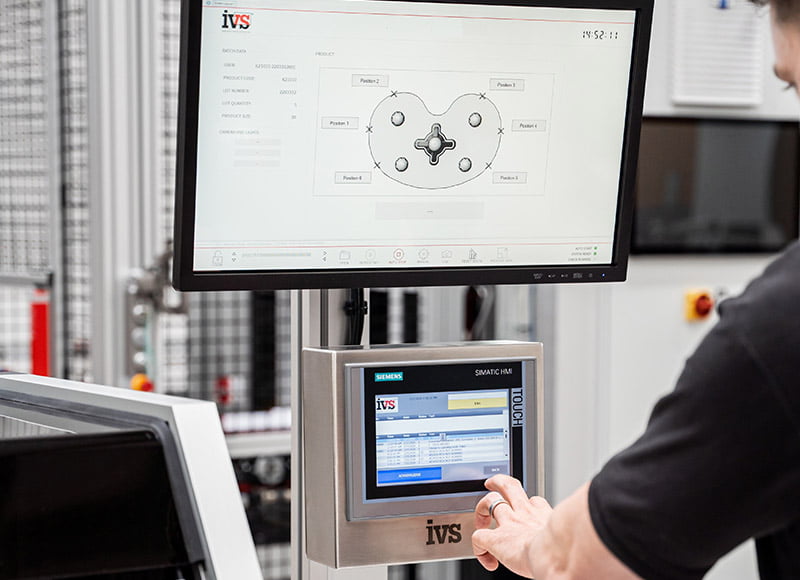The shadowgraph used to be the preferred method, or perhaps the only method for the quality control department to check the adherence to measurement data. These typically vertical projectors have a plate bed, with parts laid on it, and the light path is vertical. This allows a silhouette and profile of the part to be shown to the operators as an exact representation of the part in black, but projected at a much higher magnification. These projectors are best for flat, flexible parts, washers, O rings, gaskets and parts that are too small to hold, such as very small shafts, screws etc. They are also used in orthopedic manufacturing to view profiles and edges of joint parts.
So, this old-fashioned method involves projecting a silhouette of the edge of the product or component. This projection is then overlaid with a clear (black-lined) drawing of the product showing some additional areas where the component shouldn’t stray into. The operator chooses the overlay from a bunch available, based on the part number of the part. This is laid over the projection and manually lined up with the tolerances shown as a thick band in key areas for quality checking. For example, if you’re an orthopedic joint manufacturer and are coating your product with an additive material, you might use a shadowgraph to check the edges of the new layer. The shadowgraph will project a magnified representation of the component to compare against.
Some optical comparators and shadowgraphs have developed to a level where they are combined with a more modern graphical user interface (GUI) and are digital to make overlays easier to check, coupled with the ability to take manual measurements.
Ultimately though, all these types of manual shadowgraphs take time to use, are manually intensive and are totally reliant on an operator to make the ultimate decision on what is a pass and a fail. You also have no record of what the projection looked like and the whole process takes time. This all leads to a loss of productivity and makes your Six Sigma quality levels dependent on an operator’s quality check, and as we all know, manual inspection (even 200% manual inspection) is not a reliable method for manufacturers to keep their quality levels in check. Operators get tired and there is a lack of consistency between different people in the quality assessment team.
But for those products with critical-to-quality measurements, the old shadowgraph methodology can now be replaced with a fully automated metrology vision system to reduce the reliance on the operator in making decisions, coupled with the ability to save SPC data and information.
In this case, the integration of ultra-high-resolution vision systems, in tandem with cutting-edge optics and collimated lighting, presents a formidable alternative to manual shadowgraphs, ushering in an era of automation. With this advancement, operators can load the product, press a button, and swiftly obtain automatic results confirming adherence to specified tolerances. Furthermore, all pertinent data can be meticulously recorded, with the option to enable serial number tracking, ensuring the preservation of individual product photos for future warranty claims. This transition not only illuminates manufacturing processes but elevates them to a brighter, six-sigma enhanced quality realm. Moreover, these systems can be rigorously validated to GAMP/ISPE standards, furnishing customers with an unwavering assurance of consistently superior quality outcomes.
For your upcoming quality initiatives or product launches, consider pivoting towards automated vision system machines, transcending the limitations of antiquated shadowgraph technology and operator-dependent assessments. Embrace the superior approach that is now within reach, and steer your manufacturing quality towards a future defined by precision, efficiency, and reliability.
By embracing automated vision systems, manufacturers streamline processes and ensure unparalleled precision and consistency in product quality. This shift represents a pivotal leap forward in manufacturing excellence, empowering businesses to meet and exceed customer quality expectations while navigating the ever-evolving landscape of modern production.
